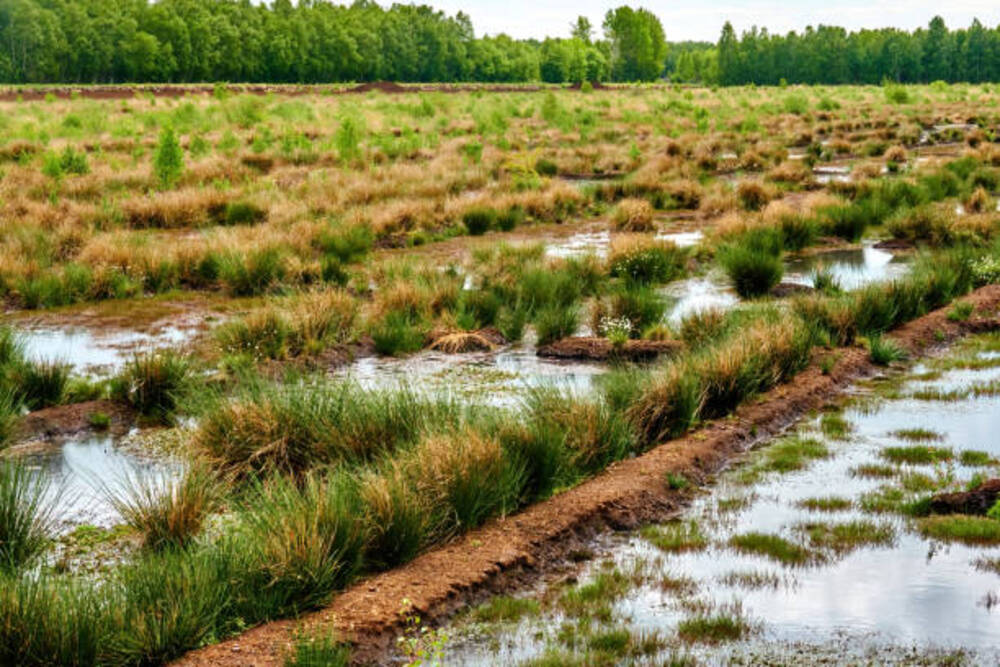Two measures intended to reduce emissions in specific industries and increase CO2-absorbing natural habitats like forests received the final seal of approval from the European Parliament on Tuesday. The first rule establishes national goals for cutting emissions that contribute to global warming from industries like road transportation, building heating, agriculture, and waste management. The second rule would increase the number of forests, marshes, and other carbon sinks in Europe so that by 2030, these areas would have removed a net 310 million tons of CO2 equivalent from the atmosphere.
These measures are a component of a significant package of climate change legislation that aims to reduce greenhouse gas emissions in the 27-nation bloc by 55% from 1990 levels by 2030.
EU’s targets to cut emissions
The new law aims to curb emissions in the transportation, heating of buildings, agriculture, and waste management sectors by 40% by 2030, compared with 2005.
In contrast to Bulgaria’s 10% target, richer nations like Denmark, Finland, Germany, Luxembourg, and Sweden must cut their emissions by 50%. The number of carbon reductions that countries can “bank” and “borrow” to reach their targets under the new rule is similarly restricted.
The goal is to ensure that all member states contribute to cutting emissions.
Expansion of carbon sinks
The second law seeks to stop a recent loss in Europe’s carbon sinks. This can be accomplished by replanting existing forests or growing new ones, rewetting peatland, or altering farming techniques such as reducing tilling to capture more carbon in the soil.
The EU plans to expand its forests, marshes, and other “sinks” that absorb carbon dioxide (CO2) to remove a net 310 million tons of CO2 equivalent by 2030. All 27 EU members will be given binding goals that must be met in order to gradually increase absorptions and decrease emissions and achieve the EU-wide objective.
Benefits of expanding carbon sinks
Expanding carbon sinks can be beneficial in several ways. Firstly, forests are natural carbon sinks as they absorb carbon dioxide during photosynthesis. Trees absorb carbon dioxide and release oxygen, which is essential for human and animal life.
Secondly, forests provide habitats for wildlife and biodiversity, improving soil quality, and reducing the risk of floods and landslides. Thirdly, forests are useful for recreation, tourism, and the production of timber and other forest products.
Future impact of the new law
Both measures passed in the European Parliament with a significant majority, and EU nations will vote on them in the upcoming months. The laws will go into effect if passed.
The EU hopes that the expansion of carbon sinks will help it to achieve climate neutrality by 2050. The EU’s efforts to cut emissions and expand carbon sinks are crucial in the fight against climate change. T
The EU is the world’s third-largest emitter of greenhouse gases, and these laws are a significant step towards achieving its climate goals.
Why this is important for climate goals
The EU’s decision to expand its forests and other natural ecosystems to absorb CO2 is a critical step towards meeting its climate goals. By increasing carbon sinks, the EU aims to remove a net 310 million tons of CO2 equivalent by 2030.
This will contribute significantly to achieving its target of cutting greenhouse gas emissions by 55% by 2030, from 1990 levels.
The expansion of forests and other natural ecosystems will provide several benefits, including improving soil quality, reducing the risk of floods and landslides, and providing habitats for wildlife and biodiversity. The EU’s efforts to reduce emissions and expand carbon sinks will help to combat climate change.

